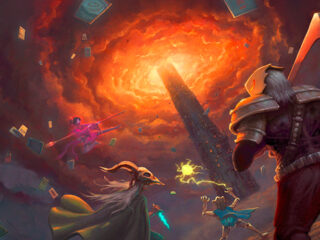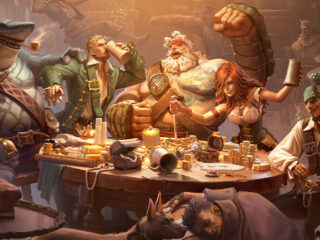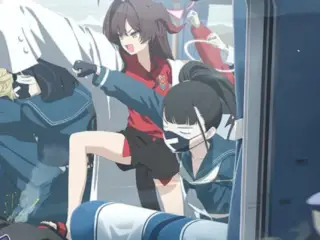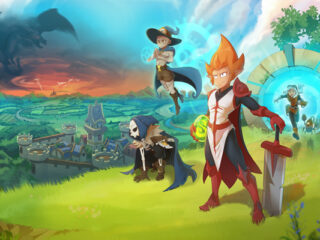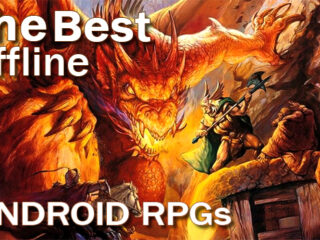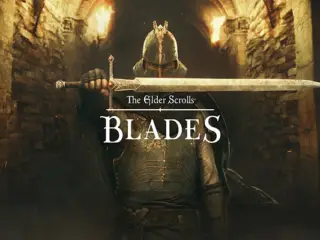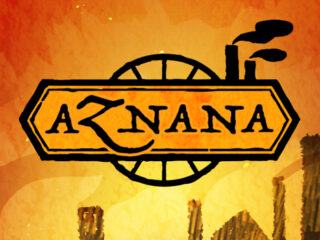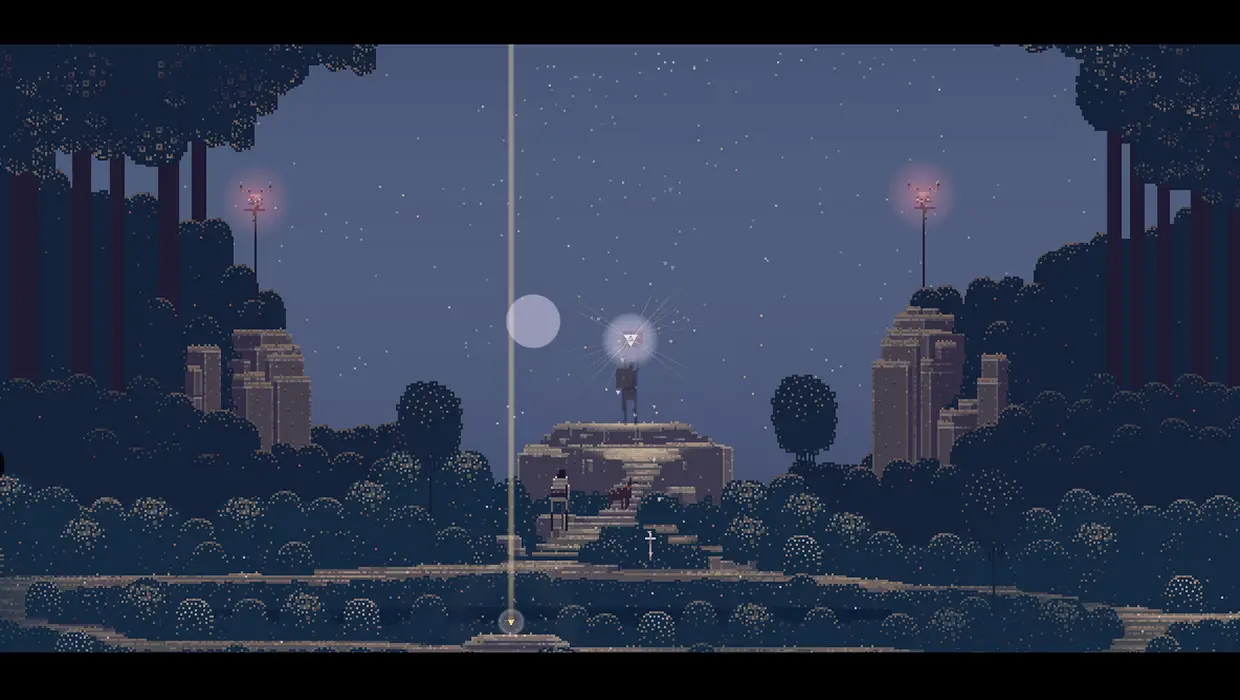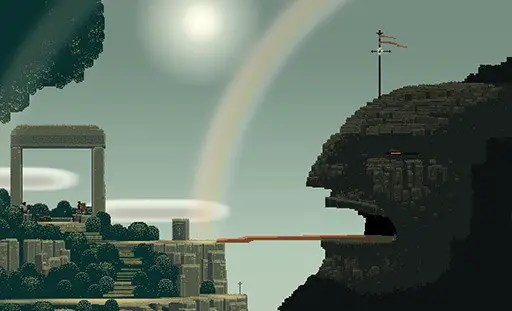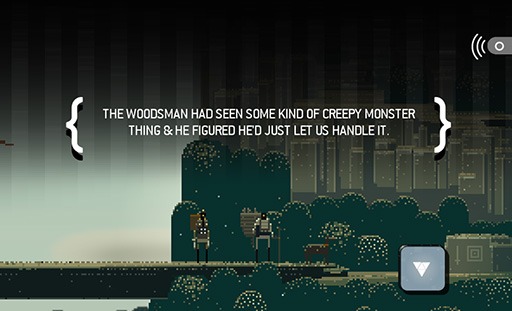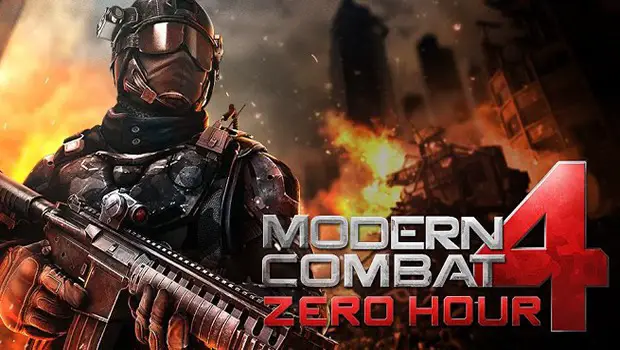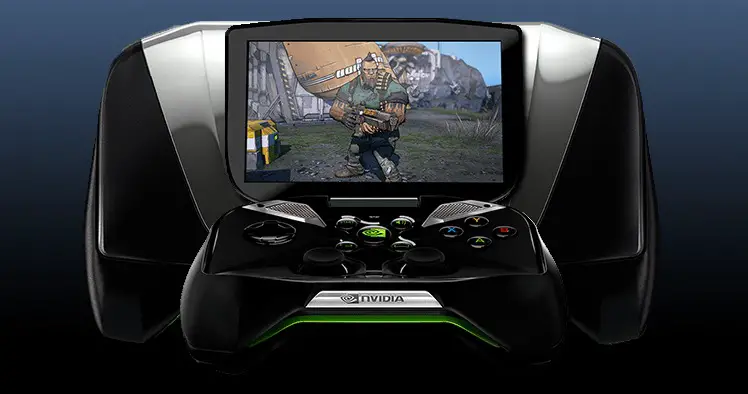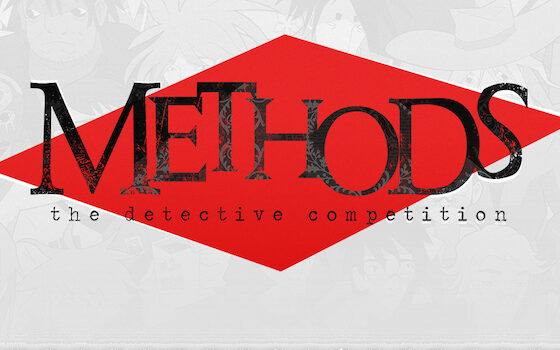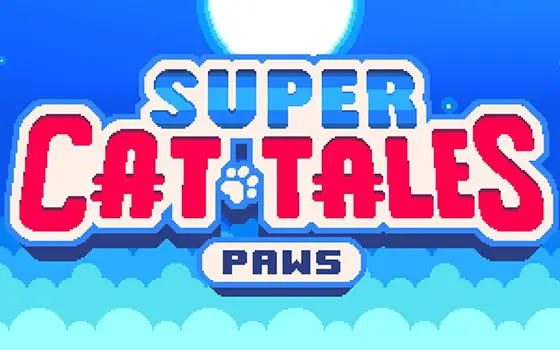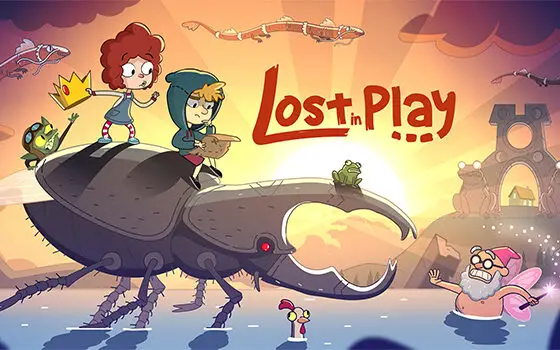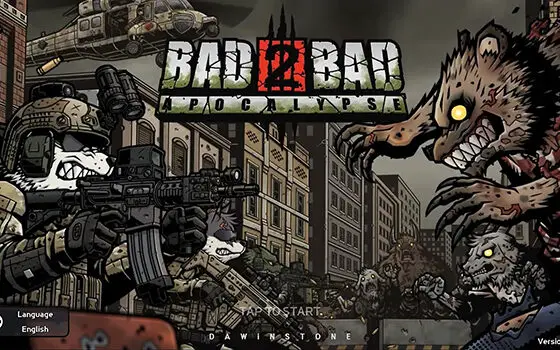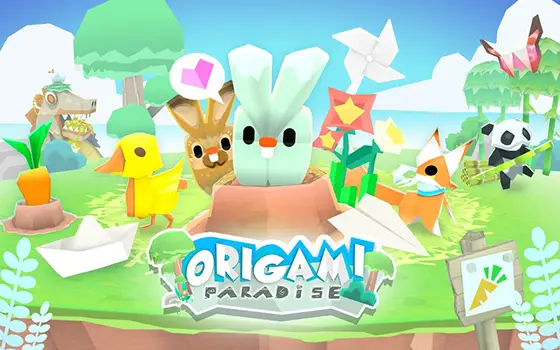Too weird and beautiful?
The first thing you should know about this game is that it’s an adventure based heavily around discovery; the less you know going into it, the more you’ll get out of it. In other words, I worry this review might spoil your enjoyment of it, so I suggest you close your browser immediately and go buy Superbrothers: Sword & Sworcery EP.
Superbrothers is a game closest in nature to those of the point-and-click adventure genre. You control a warrior, the Scythian, by double-tapping or holding your finger down to move her around gorgeous pixel environments. You also double-tap on objects and characters to examine or 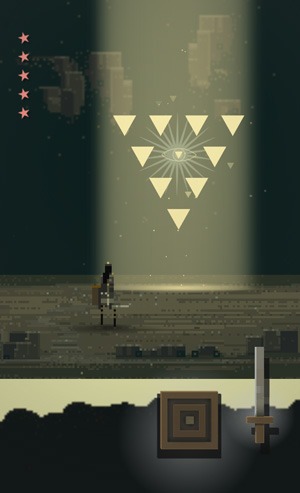 interact with them. However, simply labeling S:S&S EP an adventure game does not do it proper justice. It’s something far more elusive and less easily definable than that.
interact with them. However, simply labeling S:S&S EP an adventure game does not do it proper justice. It’s something far more elusive and less easily definable than that.
For one, it has combat. There aren’t disposable baddies to kill throughout, though. Instead, there are select moments where an enemy accosts the Scythian. At this point, you are instructed to rotate your device vertically, the screen adjusts accordingly, and tappable sword and shield icons appear. Choosing when to attack or defend is based on a combination of quicktime events and rhythm: sometimes an audiovisual cue will pop up alerting you to brandish your weapon or shield, but in other instances you’ll have to work out the timing of your movements, which often sync up with the dramatic battle music.
This is just one way in which S:S&S EP’s sound design is intrinsically tied to its gameplay. Touching and swiping around the environments results in animations accompanied by audio that adds to the overall mood and charm. Some are functional: wispy specks near the edges of screens let you know you’re able to exit and double-tapping there sounds a distinctive chime announcing that the command has registered. Other audio cues simply add color. Tapping on bodies of water creates small splashes. Tap on rabbits and, with a gentle twinkling noise, they’ll hop into the bushes.
These extra details speak to the overall composition of S:S&S EP. Though it can certainly be finished (in a few hours if you know what you’re doing), it is arguably more about taking in the atmosphere. Your interaction with the world is essentially independent from your manipulation of the protagonist. You can set her walking on a path as you pan around by swiping, or zoom in or out by spreading or pinching. S:S&S EP is not for the impatient. If you take no joy in just gazing at each beautifully rendered screen of complex pixel art as the Scythian traverses it, you’ll have a hard time with the rest of the game, too.
In the credits, the designers name-drop Fumito Ueda, designer of Shadow of the Colossus, and, like that game, S:S&S EP has a sense of loneliness, of melancholy, but also of wonder. There are objectives, but they are spaced out: battles are infrequent, there’s only one type of pick-up (mushrooms that heal and offer puzzle insights), and your goals must often be discovered. Truly, this game is about being lost, perhaps even confused, but curiosity is always rewarded with snippets of narrative, the aforementioned audiovisual flourishes, or progression.
Eventually your poking and prodding will solve the puzzles needed to reach game’s end, as you’ll need to discern how best to interact with your droid — flipping it sideways to strike an object, tapping shrubbery in a certain order, or using two fingers to bring two structures together. However, much of it is just for flavor, too. Interestingly, it’s not unlike children’s software, which is often centered around discovery, employing a mechanic in which players are expected to explore, not necessarily to reach a goal, but simply to enjoy how the game reacts to their input. It makes sense for S:S&S EP. As it seems to revel in leaving the player in a state of partial certainty, this approach only bolsters the childlike feeling of being a bit befuddled, but curious to find out how everything works.
If S:S&S EP falters at all, it’s perhaps in its straying a bit too far from conventional game design. The combat, while cool, barely develops. There are only three core enemies and their fighting strategies only get mildly more complex upon subsequent encounters. Also, the game’s writing insists upon being self-referential, fourth-wall-breaking, and tweetable (every line is 140 characters or fewer) and one could argue it hinders the player from becoming fully absorbed in the storyline. Lastly, though confusion is a tenet, it’s not as though it can’t get frustrating when the game’s being particularly obtuse and you’re stuck backtracking over the whole of the world in search of what to do next.
Superbrothers: Sword & Sworcery EP has some design flaws and feels as though a few aspects (such as the writing) might have benefited from a somewhat different approach. But this odd mishmash of styles and concepts adds up, incontrovertibly, to the game that Capybara Games and the Superbrothers team wanted to make. What they’ve ended up with is a work that both honors and subverts gaming conventions and looks and sounds stunning throughout. It’s about discovery and about how you interact with your handheld device. It’s odd, confusing, unique, and I can’t stop recommending it to gamers and non-gamers alike.
And I really can’t think of any higher praise than that.
Is it Hardcore?
So very
If you consider yourself to be at all open-minded when it comes to gaming, you’ll be doing yourself a great disservice if you overlook Superbrothers: Sword & Sworcery EP.

